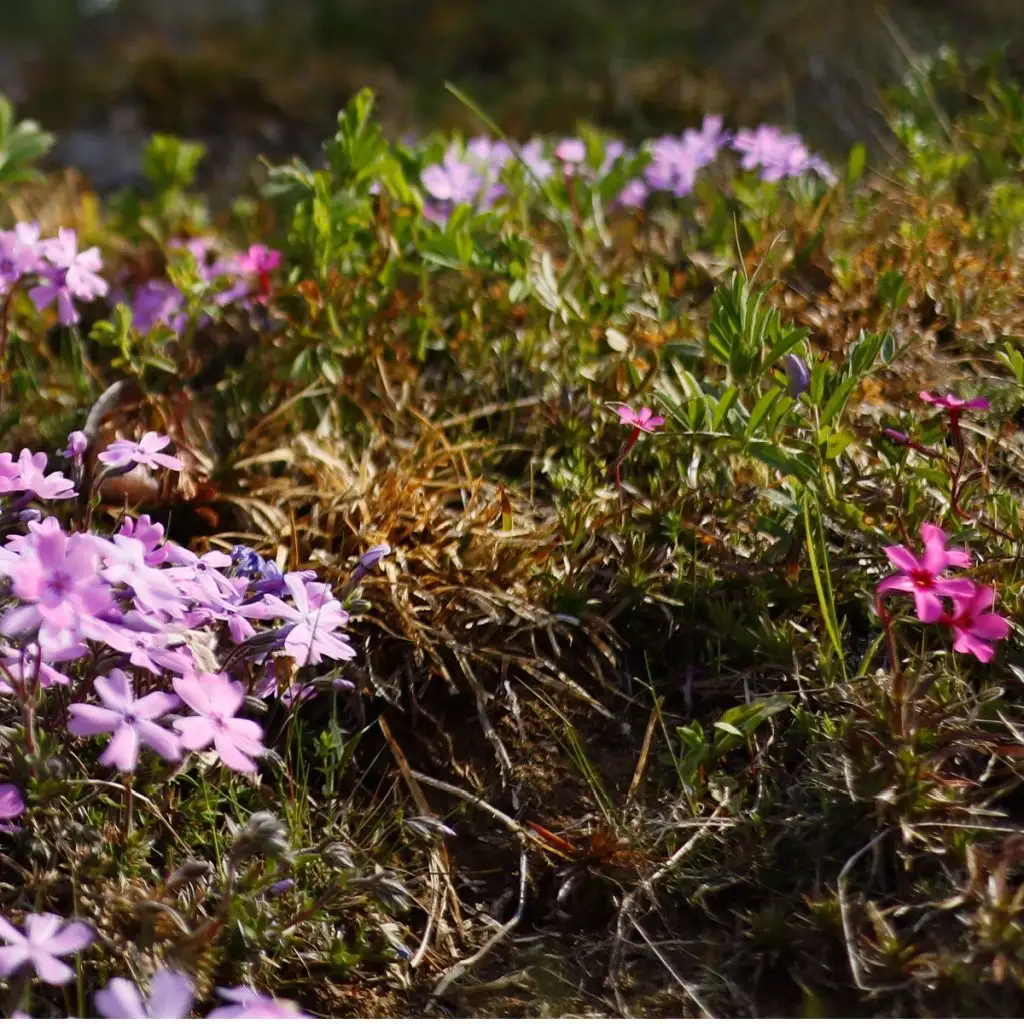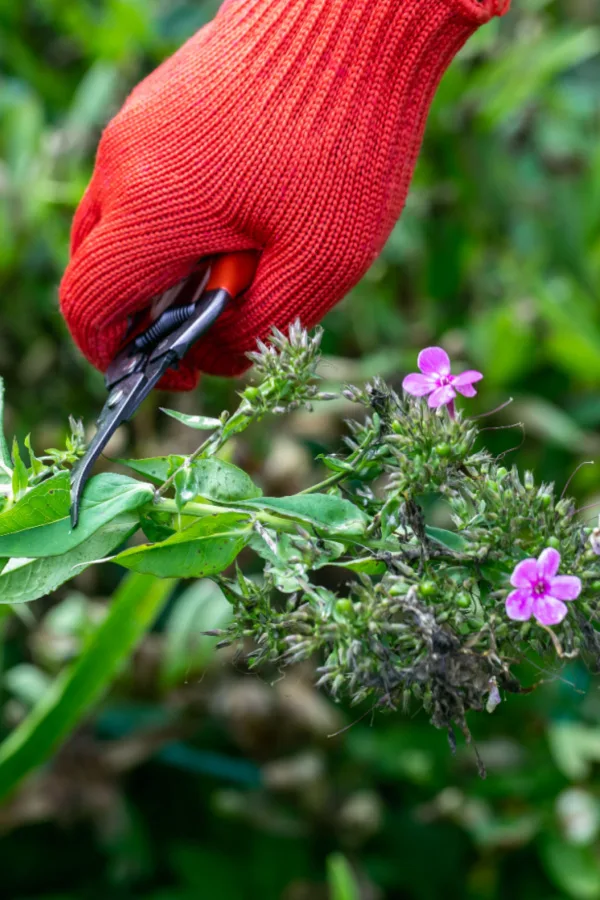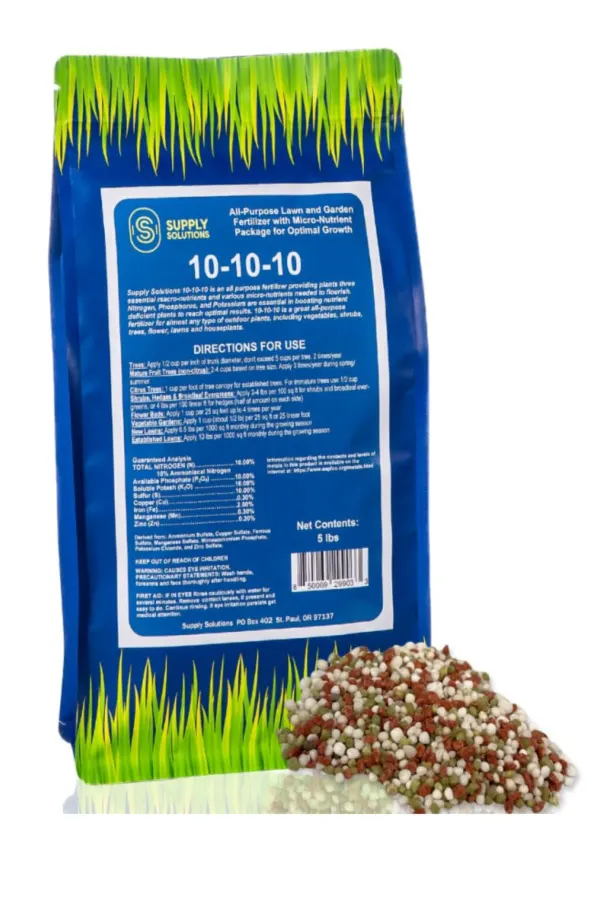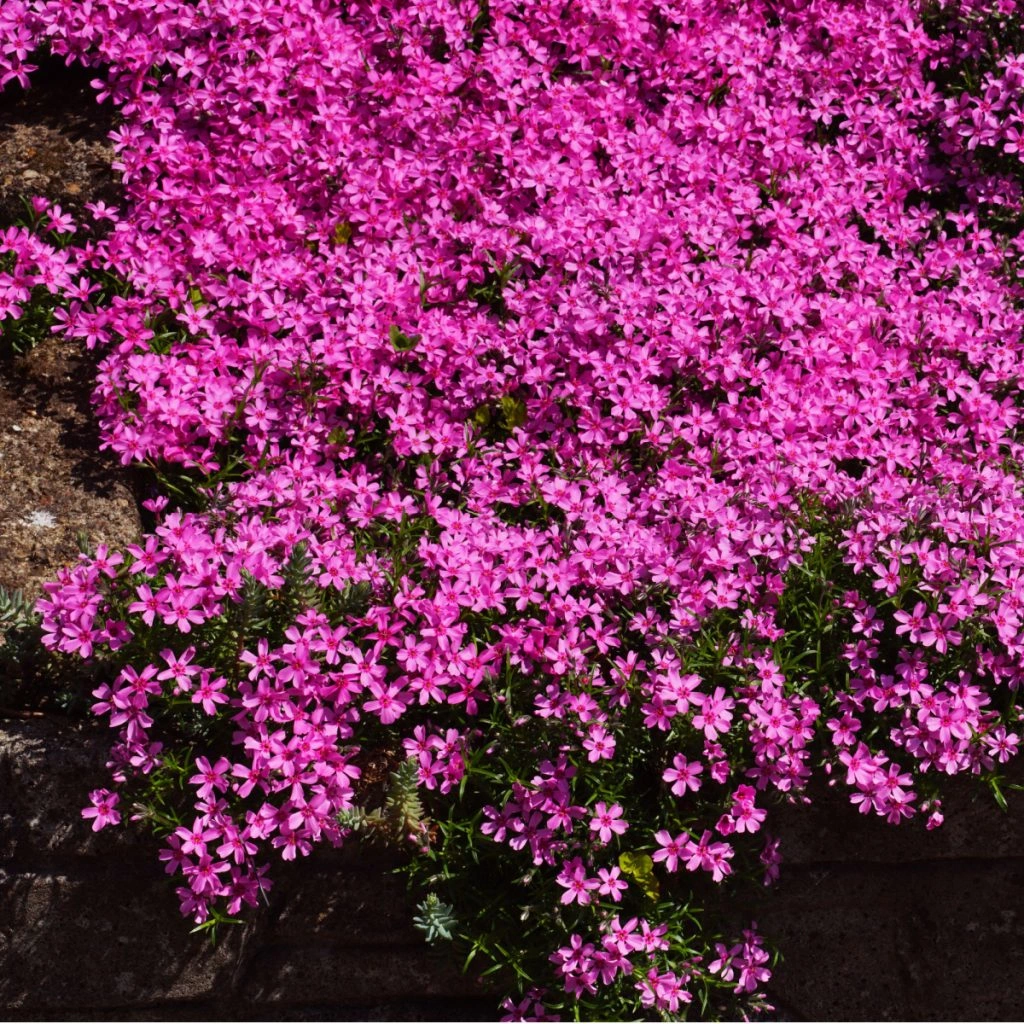Wondering what you need to do with your creeping phlox once all of the flowers start to fade away?
Believe it or not, how you take care of creeping phlox after it blooms in the spring can make a big difference in how strong and healthy the plant stays for the rest of the growing season. Even more, the care you give after flowering can help set up your plant for an even better bloom next year – or even lead to a second bloom in the same season!
Creeping phlox is a favorite among gardeners for a reason. When spring arrives, it’s one of the first perennials to put on a colorful show. But once the flowers fade, a little work can pay off big later. That’s because what you do after blooming can make or break how the plant performs later in the season and beyond.

What To Do With Creeping Phlox After It Flowers
Why Post-Bloom Care Matters
Just like many other perennials, creeping phlox uses a lot of its energy when blooming. All of those beautiful flowers don’t come for free. To bloom, the plant pulls nutrients from the soil and energy from its roots and leaves to make it happen.
Once blooming ends, it’s important to help the plant bounce back. If you give your phlox a little attention after the blooms fade, you’ll help it stay strong, store energy, and build up a solid base for future flowering.
One of the biggest reasons gardeners love creeping phlox is because it’s so tough and easy to grow. It handles many types of soil well, even rocky or uneven spots. It also has great drought resistance, which makes it perfect for places where water can be limited in the summer.
Many gardeners grow moss phlox, which is by far the most common type. This variety thrives in USDA zones 3 through 9 and forms low mounds that stay attractive even after the blooms are gone.
But even tough plants like creeping phlox need a little help to look their best. That’s where proper post-bloom care comes in. And that care all starts with deadheading your phlox with a little pruning.

Deadheading & Trimming Back Phlox After It Flowers
As the blooms begin to fade in late spring, the first step is to remove the old flowers. This process, called deadheading, keeps the plant from wasting energy on dying blooms.
If the blooms stay in place as they die off, the plant will continue trying to feed and heal the spent flowers, which takes energy away from new growth. With creeping phlox, deadheading and pruning can actually be done at the same time.
Since it would be very difficult to go through and pinch off each bloom individually (there are usually far too many), it’s better to trim back the entire plant once flowering slows down.
To do this, use a pair of hedge shears or a string trimmer to cut the top few inches off the plant. You don’t need to cut too far down, just enough to remove the spent flowers and shape the plant back into a neat, tidy mound.
This trim not only cleans up the appearance of your phlox, but it also encourages the plant to grow thicker foliage for summer. That new foliage plays a major role in helping the plant store energy through photosynthesis.

Strong, leafy growth in the summer months helps build up the roots below, and that leads to stronger blooming the next spring.
Fertilizing Phlox After It Blooms
Right after trimming your phlox back, it’s time to give it a light feeding. Fertilizing after your creeping phlox flowers helps the plant recover from its bloom cycle and supports new foliage growth. In some cases, feeding right after blooming can even encourage a second round of flowers later in the summer.
There are a couple of good times to feed creeping phlox: once in early spring just before blooming, and again after the blooms fade. For the post-bloom feeding, a light dose of a balanced, all-purpose fertilizer works well. Fertilizers in the 10-10-10 range are best for this. Affiliate Link: All Purpose Granular Fertilizer 10-10-10
If you prefer a more natural method, you can use compost and compost tea instead. Spread a few inches of compost around the base of the plant. This will slowly release nutrients into the soil over time. Then, water the plant with a compost tea or a liquid organic fertilizer. This gives the plant a quick energy boost and helps it grow stronger.
Avoid over-fertilizing, especially with high-nitrogen products. Too much nitrogen will lead to excessive leaf growth at the expense of flowers. A balanced or slightly lower-nitrogen mix will do a better job of supporting healthy foliage and future blooming.

For more on fertilizing phlox, be sure to see our article: How To Fertilize Creeping Phlox In Early Spring – For Bigger & Better Flowers!
Midsummer & Fall Care
Whether your creeping phlox puts on a second bloom or not, it’s important to care for the plant through the rest of the growing season. Keep an eye on the foliage and give your phlox water during dry spells.
Even though it’s drought-tolerant, occasional watering during extremely hot periods will keep it looking its best.
In mid to late fall, after the growing season ends, you should cut back the plant again. This helps tidy it up for winter and reduces the chances of disease, especially powdery mildew. Trimming the plant back in fall also helps keep the mound compact and neat.
Fall is also the best time to divide creeping phlox if it’s starting to get crowded. Over time, the plant can grow into thick clumps that don’t bloom as well. Dividing the plant every three to four years helps keep it healthy and encourages better flowering.
What Not To Do In Late Fall
One thing to avoid is fertilizing your phlox in late fall. While it might seem like a good idea to give the plant a boost before winter, feeding this late in the season can cause tender new growth. That fresh growth can easily get damaged or killed by freezing weather, which hurts the plant instead of helping it.

Let the plant focus on going dormant and storing energy in its roots. This natural rest period helps prepare it for a fresh start next spring. Save your next round of fertilizer for early spring, just before the new growth begins.
Here is to taking care of your creeping phlox after it flowers this spring – and to bigger and better blooming next year!
Simple Garden Life
Follow Our Facebook Page For Even More Great Tips! Simple Garden Life Facebook Page
Simple Garden Life is a website dedicated to keeping gardening fun, simple and enjoyable! We publish two new articles each week along with a new garden podcast episode every two weeks. This article may contain affiliate links.
